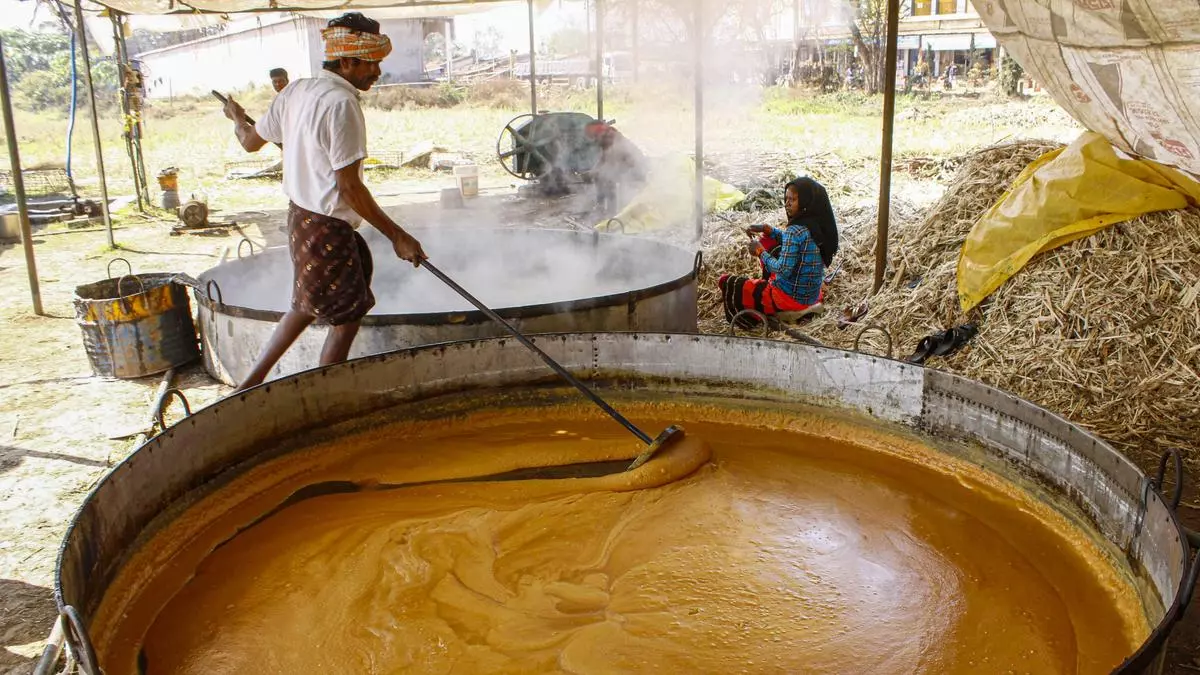Nuclear-powered submarines, icebreakers and traditional nuclear power plants are now passé for Russia’s integrated nuclear power company Rosatom State Atomic Energy Corporation.
With a floating nuclear power plant (FNPP), Akademik Lomonosov, functioning in the Arctic port town Pevek since 2019, Russia is now eyeing a global market, including India, for such units.
An FNPP is located on a ship and can be connected or disconnected to the power lines of a coastal town; it can be towed to any location, as needed.
Akademik Lomonosov — named after 18th century Russian scientist Mikhail Lomonosov — is docked on the icy shores of the East Siberian Sea. The vessel houses two small lightwater reactors with 14-15 per cent enriched uranium fuel, each with a generation capacity of 35 MW — like those powering Russia’s icebreaker vessels.
Given that India is blessed with a 7,500-km coastline and several islands, the question is whether such a ship-mounted small nuclear power plant can be used to power its islands or coastal towns. The life of such plants is about 40 years and can be extended.
Accrued expertise
Russia is building four more FNPPs of 50 MW capacity for its use. As of December 19, 2024, Akademik Lomonosov has supplied about 978 million kWh of electricity to the Chaun-Bilibino energy hub in Chukotka, meeting the region’s energy needs for more than a year.
Rosatom is working on a new floating nuclear power plant with four reactors at Cape Nagleyynyn in Chukotka and a land-based small modular reactor with the latest RITM-200 reactor in Ust-Kuyga, Yakutia.
Options before India
Can India look at the option of a floating nuclear power plant?
Rosatom’s Director General Alexey Likhachev has said that the company is interested in expanding cooperation with India, including implementing floating and land-based nuclear power units, apart from serial construction of high-powered plants.
The floating plants need no land, are inherently earthquake resistant, have an abundance of water for active or passive cooling, and have no need for spent fuel storage facilities on land. Rosatom officials say the FNPP will not leave any nuclear traces, and the vessel can be decommissioned at a specified place.
As in the case of the 1,000 MW power plants at Kudankulam in Tamil Nadu, both countries can work in cooperation for the FNPPs.
At an event in Moscow in 2023, Likhachev had said the two countries could cooperate in constructing small floating nuclear reactors. Russia can provide the nuclear heart (reactor) and other systems while India can take care of the tow boat and the electrical systems needed for an FNPP.
Cost factor
A retired senior official of the Indian nuclear sector said the government must identify one or two shipyards and look at series production of vessels for housing small nuclear power plants.
“The cost of such plants will be a major factor for India. Russia has nuclear icebreakers. They can build new plants or remove the nuclear power plants from icebreakers and mount it on a barge as a floating nuclear power plant,” the Indian official, who declined to be identified, said.
As for fuel, it can be imported if the plants are under the International Atomic Energy Agency (IAEA) safeguards.
(The writer is an independent journalist based in Chennai)
SHARE
- Copy link
- Email
- Facebook
- Telegram
- LinkedIn
- WhatsApp
- Reddit
Published on January 12, 2025



